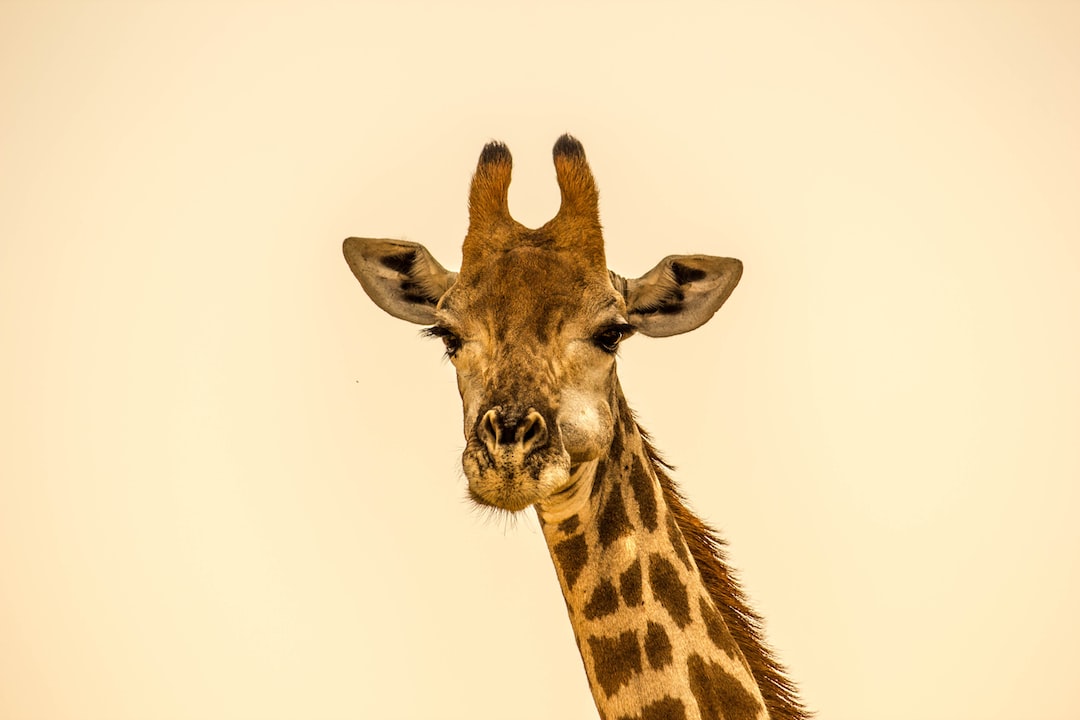The Curious Case of Animal Migration: How Do They Find Their Way?
Each year, animals embark on remarkable journeys across vast distances, navigating through various terrains and weather conditions. From birds and butterflies to mammals and fish, species of all kinds migrate for different reasons such as breeding, feeding, or seeking better habitats. But the question that continues to baffle scientists is how these creatures manage to find their way back to familiar locations without getting lost. In this blog post, we will delve into the extraordinary world of animal migration and explore the fascinating ways in which these creatures navigate their way across the Earth.
One of the most common forms of animal migration is avian migration, where birds travel thousands of miles to reach their preferred breeding grounds or escape unfavorable climates. To navigate such long distances, birds employ a variety of techniques. One of the key factors is their keen ability to sense the Earth’s magnetic field, which acts as a compass for navigation. Researchers have discovered that birds possess magnetoreceptors, special cells in their eyes or beaks, which allow them to perceive Earth’s magnetic field and use it as a guide. By detecting magnetic fields, birds can establish a sense of direction and orientation, ensuring they stay on track during their journeys.
In addition to magnetic sensing, birds also rely on visual landmarks and celestial cues to navigate their way. Some species, such as pigeons, have an uncanny ability to memorize and recognize landmarks in their environment. By using familiar landmarks like rivers, mountains, or distinctive structures, birds can create mental maps of their flight paths. On clear nights, birds also navigate by the stars. The positions of stars change throughout the night, providing them with a constant reference point to stay on course.
While birds rely on multiple navigation cues, migratory insects like butterflies and monarchs have intriguing mechanisms of their own. Monarch butterflies, for instance, undertake an incredible journey from North America to Mexico, a distance of over 2,500 miles. To navigate such a tremendous distance, monarch butterflies use a combination of direction sensing and sun compass orientation. Scientists believe that monarchs have a time-compensated sun compass, which allows them to adjust their direction as the sun moves across the sky during the day. Through this mechanism, monarch butterflies maintain a southwest trajectory, ensuring they reach their overwintering sites accurately.
Apart from insects and birds, mammals also engage in fascinating migratory journeys. Take, for example, the wildebeests in Africa, who migrate in massive herds in search of greener pastures. Researchers have found that wildebeests possess an incredible memory to lead their migration. They memorize the scent, visual cues, and specific landmarks along the way, allowing them to return to the same locations in subsequent years. Moreover, wildebeests are highly social animals and rely on collective intelligence to make decisions. By observing the actions of their group members, they can collectively navigate through challenging terrains or identify the safest paths.
Marine animals, too, display incredible navigation abilities. One such astonishing example is sea turtles. Despite being born on land, sea turtles find their way back to the very beach where they hatched decades later to lay their eggs. To accomplish this remarkable feat, sea turtles are thought to detect Earth’s magnetic field and use it as an internal compass. Like birds, they have magnetoreceptors in their brains that allow them to perceive magnetic fields. By relying on this innate sense, sea turtles can navigate the vast open ocean and locate their natal beaches with tremendous accuracy.
While animal migration is undoubtedly an awe-inspiring phenomenon, it is important to note that climate change and human activities are now posing significant threats to these incredible navigators. The disruption of migratory pathways, loss of habitats, and changes in climate patterns can all impact the ability of animals to navigate successfully. Understanding the intricacies of animal navigation can aid researchers in developing conservation strategies to protect migration routes and mitigate these threats.
In conclusion, the curious case of animal migration reminds us of the wonders of nature and the remarkable abilities possessed by various species. Through a combination of magnetic sensing, celestial cues, landmark recognition, and collective intelligence, animals navigate across vast distances, returning to their preferred destinations time and again. As our understanding of animal navigation deepens, let us strive to preserve their habitats and migration routes, ensuring the continuity of these extraordinary journeys for generations to come.

